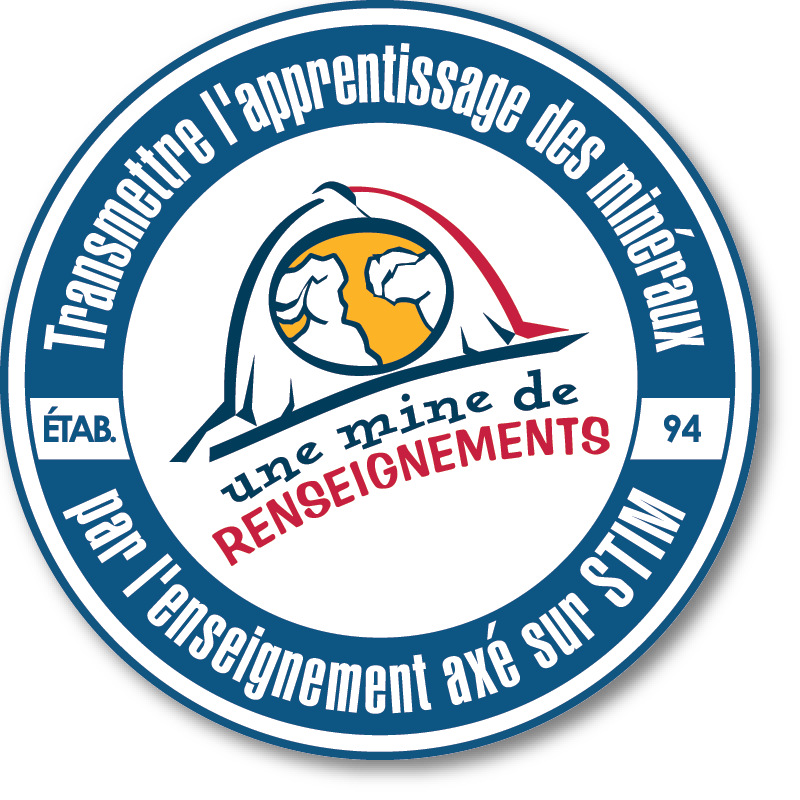Deep Time
by Donald Davis
Earth’s memory is preserved within the rocks accumulated on its surface, the continental crust. Although rich, this record is random and incomplete. Interpreting it is like trying to reconstruct a manuscript whose pages have been torn out and scattered across the world. It is the task of geochronology, the science of measuring “deep time,” to put numbers on the pages. This is accomplished by zircon dating.
Zircon Dating
Nature has provided scientists with an extremely useful mineral called zircon. Zircons crystallize from molten igneous rock as it cools. When they first crystallize, zircons contain uranium, a radioactive element that slowly decays to lead. Since scientists know how long it takes for uranium to decay, they can determine the age of rock samples by measuring the ratio of uranium to lead. Zircon dating is used to obtain very accurate ages, often within one million years.
Discoveries in geochronology have helped scientists reconstruct the development of life on Earth. Scientists once thought that before 540 million years ago, during the Precambrian Era, the Earth was devoid of life. This view changed in 1954, when fossils were discovered in sedimentary rocks around Lake Superior that revealed a rich and diverse microbial ecosystem. A layer of volcanic ash deposited within these sediments contains zircon, which enabled scientists to date the fossils to about 1,876 million years old.
There is evidence that life goes back to almost the beginning of the geologic record. Microbial fossils at least 3,450 million years old are claimed to exist in Australia, as well as organically produced carbon in 3,800 million year old rocks from Greenland. The biological origin of these fossils is still debated but mound-shaped rocks called stromatolites as old as 3,500 million years are generally accepted to have been formed by ancient bacteria. Surprisingly, studies by molecular biologists indicate that most present-day life derived from a single species that lived sometime around two billion years ago. Perhaps two billion years ago there occurred an event of such destructive power that it wiped out all life except for one or a few species.
Evidence of a violent event in the Sudbury area may provide a clue. The city of Sudbury lies on the edge of a large oval body of intrusive rock. Until recently, the origin of this structure was fiercely debated. Tom Krogh, a geochronologist who helped develop zircon dating, demonstrated that zircons within the exploded rocks have tiny offsets in their crystal structure. These could only have been produced by the intense shockwave of an impact. Such violent events may have modified the development of life. We are accustomed to think of geological processes as slow and gradual, however, such research shows that devastating and irreversible planetary change can also happen in a matter of seconds. Geochronology provides an accurate picture of it all.
Geochronology in Action
Geochronology is an indispensable tool that has allowed us to precisely document geologic events such as:
- The formation of the solar system 4,567 million years ago — the age of mineral grains in the Allende meteorite, one of the oldest objects that you can hold in your hand.
- The formation of the first supercontinent in northwest Ontario and Quebec 2,710 to 2,670 million years ago.
- The growth of mountains through southern Ontario from 1,150 to 1,000 million years ago. Though the mountain chain has eroded away, we can still document its existence from minerals contained in the contorted rocks beneath it.
- An explosion of new life forms 542 million years ago, at the beginning of the Cambrian era.
- The extinction of the dinosaurs 65 million years ago from a meteorite impact in Mexico, which left a blanket of dust containing shocked zircon from the impact site over the entire Earth.
Visit www.ucmp.berkeley.edu/help/timeform.html to explore “deep time” using the Web Geological Time Machine. The Web Geological Time Machine transports visitors back in time to learn about geological eras and periods. Time travellers can learn about the stratigraphy (the study of rock layers), ancient life, tectonics, and the locations of geological discoveries for each interval of geological time.
Modified from Rotunda Magazine with permission of author Donald W. Davis – Director of the Jack Satterly Geochronology Laboratory at the University of Toronto. For more information about the Geochronology Laboratory at U of T visit: www.jsgl.ca.
PDAC Mining Matters News March 2005 – Issue 6




